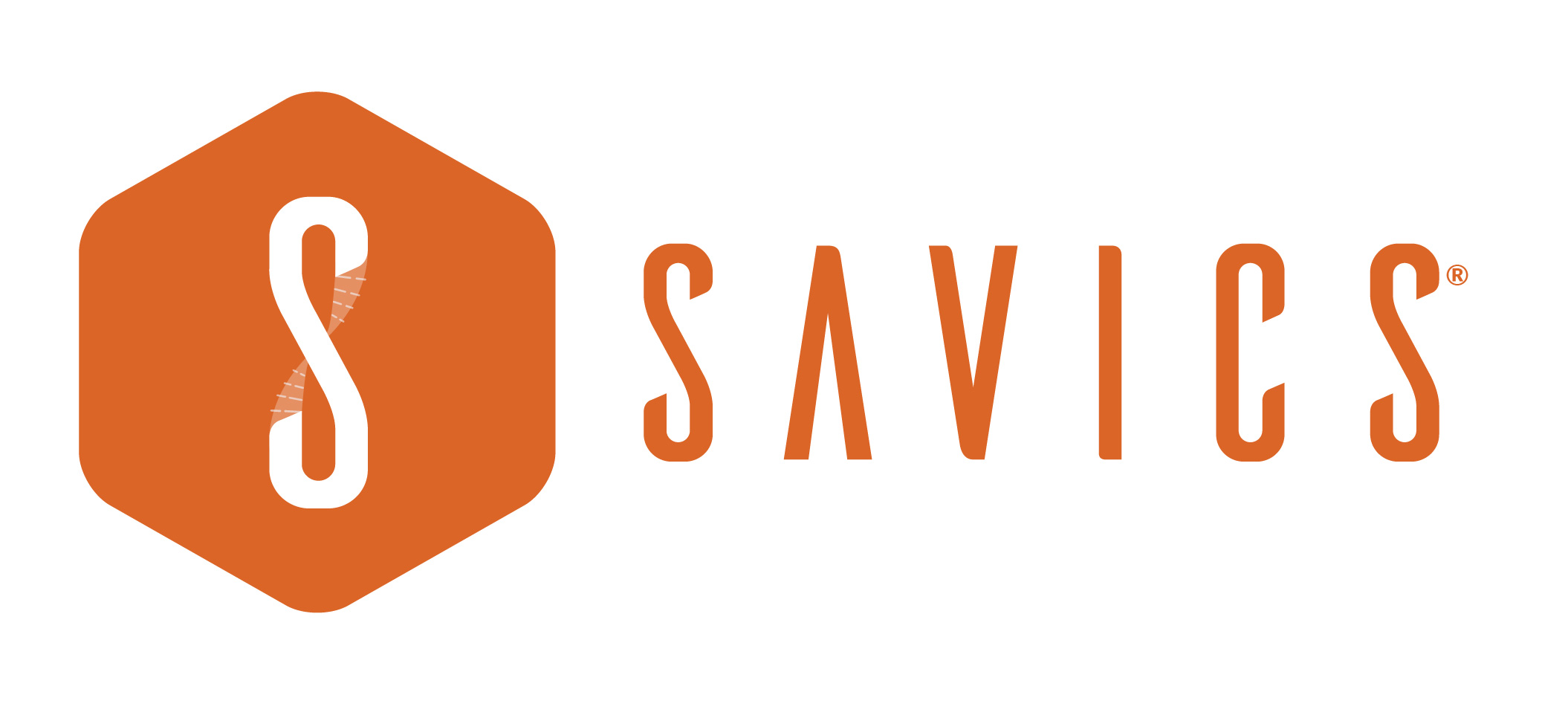Increasingly health systems are shifting from traditional paper-based systems to digital data management systems. Although with numerous advantages, there have been concerns about the cost-effectiveness and sustainability of these solutions. These concerns are critical considering the decline in health funding.
With public-private partnerships, health systems are receiving advisory on how to better leverage technologies, and translate field data to action, etc. The involvement of informatics professionals in the technical working groups across many countries allows now for a critical review of existing tools before the selection of tools appropriate to tackle health challenges.
Health Leaders are starting to raise valid questions about the choice of solutions to support single/multi-disease programs for example, should these technologies be Open Source or Proprietary? This development is good news for the eHealth community because it indicates that health systems now recognize the impact of these technologies and are actively taking steps to review approaches that allow for better integration of eHealth systems affordably.
What does Open source mean? IT companies with the open source licensing model allow the alteration or modification of the underlying source code of their solutions as much as the license permits. They could charge a license fee or for customizing the tool to the context of users or fixing bugs. A common mistake is to believe that a free and open source software (FOSS) is costless. It can be, but the term “free” refers to the fact that the software is licensed without any restrictions on usage, modification or distribution, not to its license cost.
What are proprietary tools? There are restrictions to the distribution of proprietary software. The source code is unavailable to the public to modify or alter. Typically the teams that developed this solution manage its customization and troubleshooting needs.
Proponents of Open Source tools argue that open source tools are “sustainable” since they are available and often attract no financial implication to set-up. From our experience, these claims are not entirely true; although there are sometimes no initial costs to set-up, open source tools customization and support costs may exceed, or be the same as the costs for proprietary options. There are however no restrictions to its distribution, and the code can be modified to create a customized software.
It is also wrongly perceived that open source communities respond swiftly and at no cost to fix “any” issue that springs up. In reality, bugs, and other troubleshooting needs are not usually as swift as perceived. There is no denying that users can leverage the support provided by other users. This support, however, comes at a time cost, when compared to the experience with proprietary software. Users of proprietary platforms typically benefit from unhindered access to support engineers to resolve technical glitches promptly.
Open Source tools have been criticized for their usability and complexity. As Software Developers introduce new features, if not adequately customized, the solution becomes less user-friendly and complicated. On the other hand, proprietary tools are considered more usable. Proprietary solution vendors provide user manuals, and their expert teams manage customizations and testing. It also guarantees system maintenance and technical support.
Health leaders have similar concerns as any other field about proprietary tools. They are perceived as expensive and designed to enrich tech companies. While these may have been true in the past, it would be inaccurate to draw such a conclusion today. The increase of eHealth players has eliminated monopoly in the field of health tech, which in the past could have resulted in IT companies overcharging for services offered. Several eHealth companies today are driven by a Social Purpose. This intersection of their expertise, with a better understanding of global health challenges, motivates them to create products that support health systems at affordable prices. Most health systems do not have internal, well skilled IT teams, that can offer the very needed ongoing support to ensure the adoption of eHealth tools by end-users at the last mile.
The choice between both depends on the context, end-users, and technical capabilities of the local administrators. Does the organization have an in-house software team to customize, and maintain the solution, and provide end-users with technical support? Does the organization have the expertise to train end-users adequately? If not, at what cost would Experts be engaged? Answers to these questions should guide the choice for a preferred product with considerations for cost-effectiveness and sustainability. Find here a detailed analysis (Excel file) performed by the Global Fund on the implementation and maintenance cost of a standard DHIS2 database (an open source platform) in a country. The analysis shows that the costs exceed 500.000 US$ per year (the data is from June 2017).
At Savics, we have chosen to leverage the advantages of open source and proprietary software to develop affordable technologies to improve health systems. To ensure our partners are offered cost-effective options for the long term, we leverage some open tools in our product development, which enables us to provide high-quality solutions at low costs. And since our software (the end product) is proprietary, we offer lower long term maintenance costs. By not sharing our source codes, our in-house team becomes solely responsible for developing or customizing our solutions. This guarantees quality and allows for standardization in the health sector. Our Partners also benefit from customizations done by our in-house Software Engineers that guarantees quality, user-friendliness, adoption of the tool, and technical support.
We are committed to the idea that the health systems we support own the data. As such if for any reason, a country decides not to use our solutions again, our team will ensure efficient data download in a format that allows easy import to the preferred solution. If you worry about the uncertainty of a startup- no worries, we are here to stay. If for any reason we don’t, users can continue to use the tool, and our proprietary source codes will turn into open source codes after a reasonable tenure of 18 months without dedicated development.
Make up your mind and move on 🙂


Recent Comments